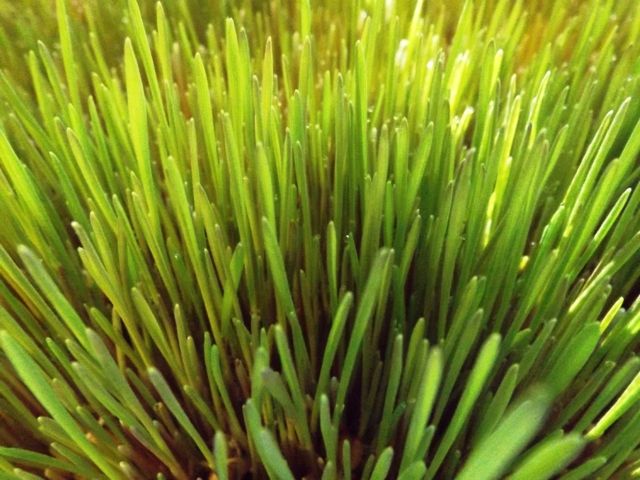Whew, just finished reading this whole thread. (Had read the sticky Grumpy had about his system but it's so much bigger than what we'd want. So far we've started and fed some grain grasses this fall but want to try growing fodder.We can get oats, wheat and BOSS seeds. Have a few questions.
The soak times seem very different as given by those who've done this successfully. Is that difference due to the seed used--wheat, barley etc?
Many posts mention the difficulty of sprouting oats. We've found it easy to grow as a grain grass--would it be harder to sprout?
Our rabbits have not been on pellets since soon after we got them in the spring and the young ones not at all. I know any new food has to be phased in slowly but if we've been feeding grain grass (and assorted grasses and greens foraged) can we assume they're ready to handle fodder as replacement for the dwindling wild supply or grain grasses? (Also feeding hay and have been feeding small amount of grain) Does the fodder fill the place of the grain as grain? Does the grain grass do the same?
Thanks to all of you who shared such detailed descriptions and photos of your systems.
The soak times seem very different as given by those who've done this successfully. Is that difference due to the seed used--wheat, barley etc?
Many posts mention the difficulty of sprouting oats. We've found it easy to grow as a grain grass--would it be harder to sprout?
Our rabbits have not been on pellets since soon after we got them in the spring and the young ones not at all. I know any new food has to be phased in slowly but if we've been feeding grain grass (and assorted grasses and greens foraged) can we assume they're ready to handle fodder as replacement for the dwindling wild supply or grain grasses? (Also feeding hay and have been feeding small amount of grain) Does the fodder fill the place of the grain as grain? Does the grain grass do the same?
Thanks to all of you who shared such detailed descriptions and photos of your systems.


































